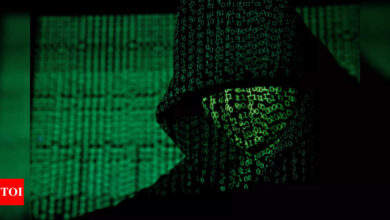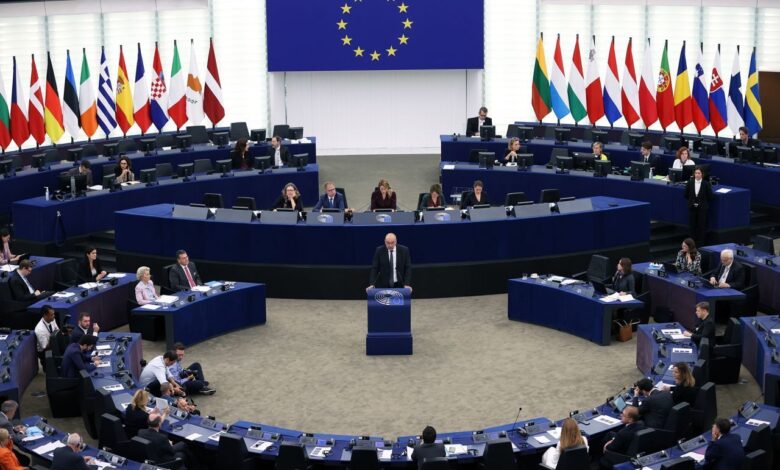
EU Imposes Sanctions on Cyber Attacks
Eu imposes sanction on cyber attacks – EU Imposes Sanctions on Cyber Attacks: The European Union’s recent move to sanction perpetrators of cyberattacks is a significant development in the ongoing battle against digital threats. This isn’t just another headline; it represents a powerful shift in how we approach international cybersecurity. We’ll delve into the EU’s framework, the challenges of attribution, and the potential impact of these sanctions – both domestically and internationally.
Get ready to explore the complexities of digital warfare and the evolving legal landscape surrounding it.
This blog post will explore the EU’s evolving sanctions framework for cyberattacks, examining its history, the types of sanctions imposed, and notable examples. We’ll discuss the critical issue of attribution – proving who is responsible for a cyberattack – and the evidence required to justify sanctions. Further, we’ll analyze the effectiveness of these sanctions, considering their economic and political consequences and the role of international cooperation.
Finally, we’ll look ahead to potential future developments and the challenges of adapting to ever-evolving cyber threats.
EU Sanctions Framework
The European Union’s capacity to impose sanctions for cyberattacks has evolved significantly, reflecting the growing recognition of cyber threats as a serious challenge to international security and stability. This framework, built upon existing legal mechanisms and progressively strengthened, provides the EU with a powerful tool to deter malicious cyber activity and hold perpetrators accountable.
Evolution of the EU Sanctions Framework for Cyberattacks
The EU’s approach to sanctions for cyberattacks hasn’t been a singular, sudden development. Instead, it’s a gradual process, adapting to the ever-changing landscape of cyber threats. Initially, sanctions were primarily employed against individuals and entities involved in other forms of international crime, with cyber-related actions often falling under broader categories. However, as cyberattacks became more sophisticated and their impact more significant, the EU increasingly incorporated cyber-related activities into its sanctions regimes.
This has involved refining existing legal frameworks and developing specific measures tailored to address the unique challenges posed by cyber threats. The development of the EU’s Global Human Rights Sanctions Regime, for example, has been particularly relevant, as many cyberattacks are used to violate human rights.
Types of Sanctions Imposed by the EU
The EU possesses a range of sanctions it can deploy against those responsible for cyberattacks. These sanctions are designed to exert significant pressure on targeted individuals and entities, aiming to disrupt their operations and deter future malicious activities. Commonly used sanctions include:* Asset freezes: This involves the freezing of assets held within the EU, effectively crippling financial operations and restricting access to funds.
Travel bans
This prevents sanctioned individuals from entering or transiting through EU territory.
Trade restrictions
This can encompass a wide array of measures, from prohibiting the import or export of specific goods or services to the suspension of trade relationships altogether.
Prohibition of providing financial services
This can severely impact the ability of sanctioned entities to operate and access financial markets.
Examples of EU Sanctions for Cyberattacks
While the EU often refrains from publicly attributing specific cyberattacks to particular actors, there have been instances where sanctions have been imposed based on cyber-related activities. The sanctions often form part of broader measures targeting regimes or groups involved in various forms of malicious activity, with cyberattacks being one element of the overall assessment. The precise details of the connection between sanctions and specific cyberattacks are often not publicly disclosed for reasons of national security and intelligence protection.
Examples of EU Sanctions Imposed for Cyber-Related Activities
| Sanction Type | Target Entity | Year Imposed | Rationale |
|---|---|---|---|
| Asset freeze, travel ban | Individuals associated with the Russian GRU | 2018 | Involvement in the NotPetya cyberattack and other malicious cyber activities |
| Asset freeze, travel ban | Individuals and entities linked to the Iranian Revolutionary Guard Corps | 2020 | Cyberattacks targeting various entities, including in the energy and financial sectors |
| Travel ban | Individual linked to North Korean cybercrime activities | 2023 | Participation in a large-scale cybertheft operation |
Attribution and Evidence in Cyberattack Sanctions
Pinpointing the perpetrators of cyberattacks and gathering sufficient evidence to justify EU sanctions is a complex and challenging undertaking. The decentralized nature of cyberspace, the ease of masking origins, and the sophisticated techniques employed by malicious actors create significant hurdles. This necessitates a rigorous approach to attribution and evidence gathering, one that balances the need for decisive action with the imperative to avoid misattributing responsibility and triggering unintended consequences.
The difficulty lies in proving a direct causal link between a specific actor (individual, group, or state) and a cyberattack with irrefutable evidence. Simply observing malicious activity originating from a particular IP address is often insufficient, as these can be easily spoofed or compromised. Attributing an attack requires a chain of evidence demonstrating not only the technical capabilities and opportunity of the suspect but also their intent and motivation.
EU Evidence Requirements for Cyberattack Sanctions
The EU typically requires a high standard of evidence before imposing sanctions for cyberattacks. This evidence needs to be robust enough to withstand legal scrutiny and to demonstrate a clear link between the sanctioned entity and the specific malicious activity. This usually involves a multifaceted approach, combining technical, intelligence, and possibly even diplomatic evidence. For instance, the EU might require evidence demonstrating the perpetrator’s technical capabilities, such as the use of unique malware or specific hacking techniques; intelligence reports linking the actor to the attack; and perhaps even diplomatic communications confirming the state’s involvement or lack thereof.
The level of evidence required will vary depending on the severity and geopolitical implications of the cyberattack.
Comparison of EU Attribution with Other Actors
The EU’s approach to attribution and evidence gathering for cyber sanctions is relatively rigorous compared to some other international bodies or countries. For example, while the US may be quicker to publicly attribute attacks, its sanctions regime often relies on a broader range of factors than solely technical evidence. Other countries might prioritize domestic political considerations or lack the resources for comprehensive attribution investigations.
International bodies, like the UN, face even greater challenges due to the need for consensus among member states, often leading to slower and less decisive responses. The EU’s approach seeks to balance speed with accuracy, aiming to avoid hasty accusations that could damage international relations while still holding accountable those responsible for significant cyberattacks.
Flowchart of EU Cyber Sanctions Evidence Gathering and Verification
The process of evidence gathering and verification for EU cyber sanctions is intricate and involves multiple stages. The following flowchart illustrates a simplified representation of this process:
[Diagram Description:] The flowchart would begin with a “Cyberattack Incident Reported” box. This would lead to a “Preliminary Assessment: Technical Analysis” box, where the nature of the attack, affected systems, and initial technical indicators are examined. This then feeds into an “Intelligence Gathering” box, encompassing open-source intelligence, signals intelligence, and human intelligence gathering efforts to identify potential actors.
The next box would be “Evidence Verification and Correlation,” where the collected technical and intelligence data is analyzed for consistency and reliability. This then leads to a “Legal Review” box, where the evidence is assessed for its admissibility and sufficiency to meet the EU’s legal standards for sanctions. Finally, the flowchart would conclude with a “Sanctions Decision” box, indicating whether sanctions will be imposed or not.
Each box would have arrows indicating the flow of the process.
Impact of EU Cyber Sanctions
The EU’s foray into imposing sanctions on entities involved in cyberattacks represents a significant shift in international relations and cybersecurity governance. While the intention is clear – to deter malicious cyber activity and hold perpetrators accountable – the actual effectiveness and wider consequences remain complex and require careful analysis. This section explores the impact of these sanctions, examining their deterrent effect, the responses of sanctioned entities, and the broader economic and political ramifications for both the EU and the targeted actors.The effectiveness of EU cyber sanctions in deterring future attacks is a subject of ongoing debate.
While the threat of sanctions can act as a disincentive, their impact depends on several factors, including the ability to accurately attribute attacks, the severity of the sanctions imposed, and the overall geopolitical context. Furthermore, the effectiveness isn’t solely measured by a reduction in attacks from sanctioned entities; it also includes the broader signaling effect to other potential perpetrators.
A strong and consistent application of sanctions can create a climate of risk aversion, potentially discouraging future attacks. However, the lack of transparency surrounding attribution processes and the potential for sanctions to be circumvented can undermine their effectiveness.
The EU’s new sanctions on cyberattacks are a serious step, highlighting the growing need for robust cybersecurity measures. This is why I’ve been following the developments around cloud security, particularly learning about bitglass and the rise of cloud security posture management , which seems crucial in preventing these attacks. Ultimately, stronger defenses like this are vital in deterring future cyber aggression and protecting against the escalating threats we face.
Responses of Sanctioned Entities
Sanctioned entities have reacted to EU cyber sanctions in diverse ways. Some have publicly denied involvement in the alleged cyberattacks, challenging the evidence presented by the EU. Others have adopted a more conciliatory approach, attempting to negotiate a lifting of sanctions or demonstrating compliance measures to mitigate future risks. In some cases, sanctioned entities have experienced significant financial repercussions, including difficulties accessing international markets and disruptions to their operations.
The EU’s new sanctions on cyberattacks are a significant step, aiming to deter malicious actors. Building robust, secure systems is crucial, and that’s where learning about domino app dev, the low-code and pro-code future , becomes incredibly relevant. Understanding these development approaches can help create more resilient applications, better equipped to withstand sophisticated cyber threats, ultimately strengthening our defenses against future attacks.
The response often depends on the entity’s size, resources, and the nature of their relationship with the EU. For instance, a small, less internationally connected entity might experience a more severe impact compared to a large multinational corporation with diversified operations.
Economic and Political Consequences, Eu imposes sanction on cyber attacks
The economic consequences of EU cyber sanctions can be substantial. For sanctioned entities, the restrictions on financial transactions and trade can lead to significant financial losses and reputational damage. This can trigger job losses and instability within the targeted organization and its associated ecosystem. For the EU, the imposition of sanctions can have both positive and negative economic impacts.
While it may deter attacks and protect critical infrastructure, it could also strain relations with targeted countries or entities, leading to retaliatory measures or disruptions in trade.The political consequences are equally complex. The EU’s use of sanctions signals a commitment to combating cybercrime and upholding international norms. However, it can also escalate tensions with targeted states or entities, potentially leading to diplomatic disputes or even further cyberattacks.
The effectiveness of the sanctions also depends on the level of international cooperation and the willingness of other states to enforce them. A lack of broad international support could weaken the impact of the sanctions and potentially undermine the EU’s authority in the realm of cybersecurity.
Potential Short-Term and Long-Term Impacts of EU Cyber Sanctions
The impact of EU cyber sanctions is multifaceted and unfolds over time. It is important to consider both the short-term and long-term consequences.
The following points Artikel the potential short-term and long-term impacts:
- Short-Term Impacts:
- Immediate financial losses for sanctioned entities.
- Disruption of operations for targeted organizations.
- Potential for retaliatory cyberattacks against EU targets.
- Increased tensions in international relations.
- Long-Term Impacts:
- Deterrence of future cyberattacks (or conversely, escalation).
- Strengthening of international norms against cyber warfare.
- Development of more robust cybersecurity defenses within the EU.
- Potential for long-term economic and political instability in targeted regions.
- Shifting of cybercrime activities to less-regulated regions.
International Cooperation on Cyber Sanctions
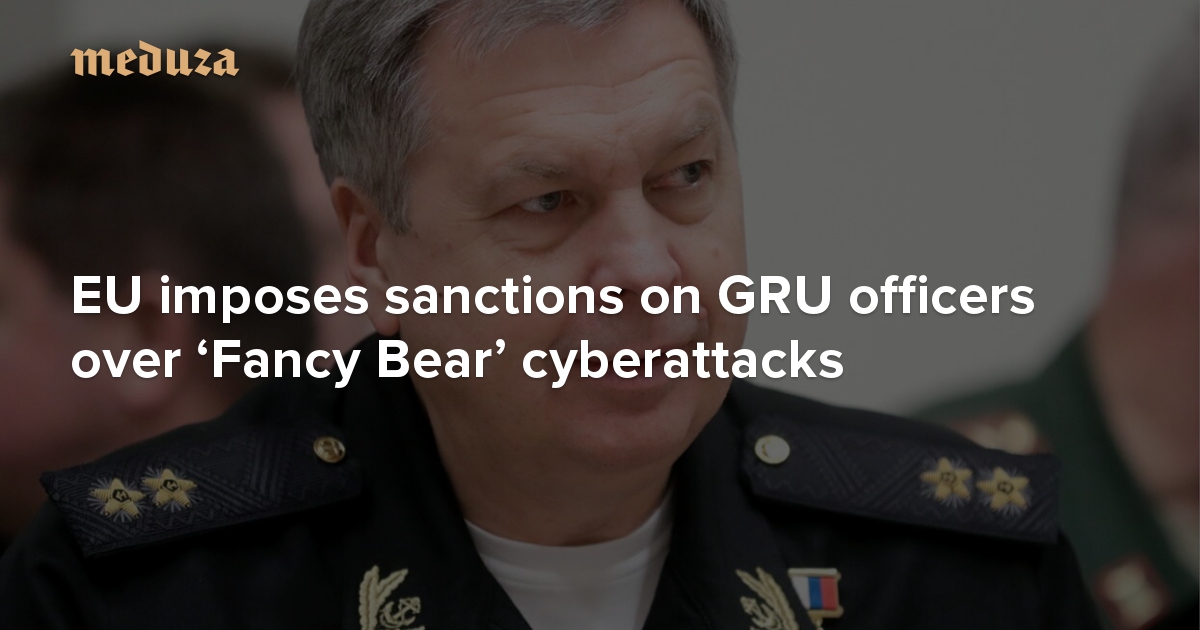
The effectiveness of sanctions, particularly in the complex realm of cyberattacks, hinges significantly on international cooperation. A coordinated global response is crucial because cyberattacks often transcend national borders, making unilateral actions often insufficient to deter malicious actors and hold them accountable. The absence of a unified approach can create loopholes that perpetrators exploit, undermining the intended impact of sanctions.International cooperation in imposing cyber sanctions involves sharing intelligence, coordinating enforcement efforts, and establishing common standards and definitions.
This collaborative approach allows countries to leverage their collective resources and expertise to identify perpetrators, build stronger cases, and apply pressure more effectively. However, different countries and international organizations have varying approaches, leading to both opportunities and challenges in building a truly effective global framework.
Approaches of Different Countries and International Organizations
The US, EU, and UN, while all seeking to deter and punish malicious cyber activity, approach sanctions differently. The US often employs a more unilateral approach, leveraging its economic and technological power to impose sanctions on individuals and entities deemed responsible for cyberattacks, even without explicit international consensus. The EU, while also imposing sanctions, emphasizes a more multilateral approach, prioritizing consensus-building within its member states and seeking cooperation with international partners.
The UN, with its broader mandate, focuses on establishing international norms and frameworks for responsible state behavior in cyberspace, while also potentially playing a role in authorizing sanctions under Chapter VII of the UN Charter, though this has been rarely used in the context of cyberattacks. These differences in approach reflect varying national interests, legal frameworks, and political considerations.
Challenges and Opportunities for Enhanced International Cooperation
Several challenges hinder effective international cooperation on cyber sanctions. These include differing legal frameworks and definitions of cybercrimes, difficulties in attributing attacks definitively to specific actors, and the potential for political disagreements to impede consensus-building. Furthermore, the fast-paced and ever-evolving nature of cyber technology presents an ongoing challenge to keeping sanctions frameworks relevant and effective. However, opportunities exist for improved cooperation.
Enhanced information sharing among countries and international organizations is crucial, as is the development of common standards and best practices for investigating and attributing cyberattacks. Strengthening international legal frameworks, potentially through the development of an international cybercrime treaty, could also significantly improve the effectiveness of sanctions.
Comparison of Cyber Sanction Approaches
| Characteristic | EU | US | UN |
|---|---|---|---|
| Approach | Multilateral, consensus-based | Unilateral, leveraging economic and technological power | Norm-setting, potential for Chapter VII sanctions (rarely used) |
| Sanction Mechanisms | Freezing assets, travel bans, trade restrictions | Similar to EU, plus broader range of financial and technological sanctions | Primarily through Security Council resolutions (limited application to cyberattacks) |
| Attribution Requirements | High burden of proof, requiring strong evidence | Lower burden of proof, often relying on intelligence assessments | Requires consensus within the Security Council, making attribution extremely challenging |
| Enforcement | Relies on cooperation among member states | Strong enforcement capabilities, often leveraging extraterritorial jurisdiction | Dependent on member states’ willingness to implement resolutions |
Future Directions of EU Cyber Sanctions Policy: Eu Imposes Sanction On Cyber Attacks
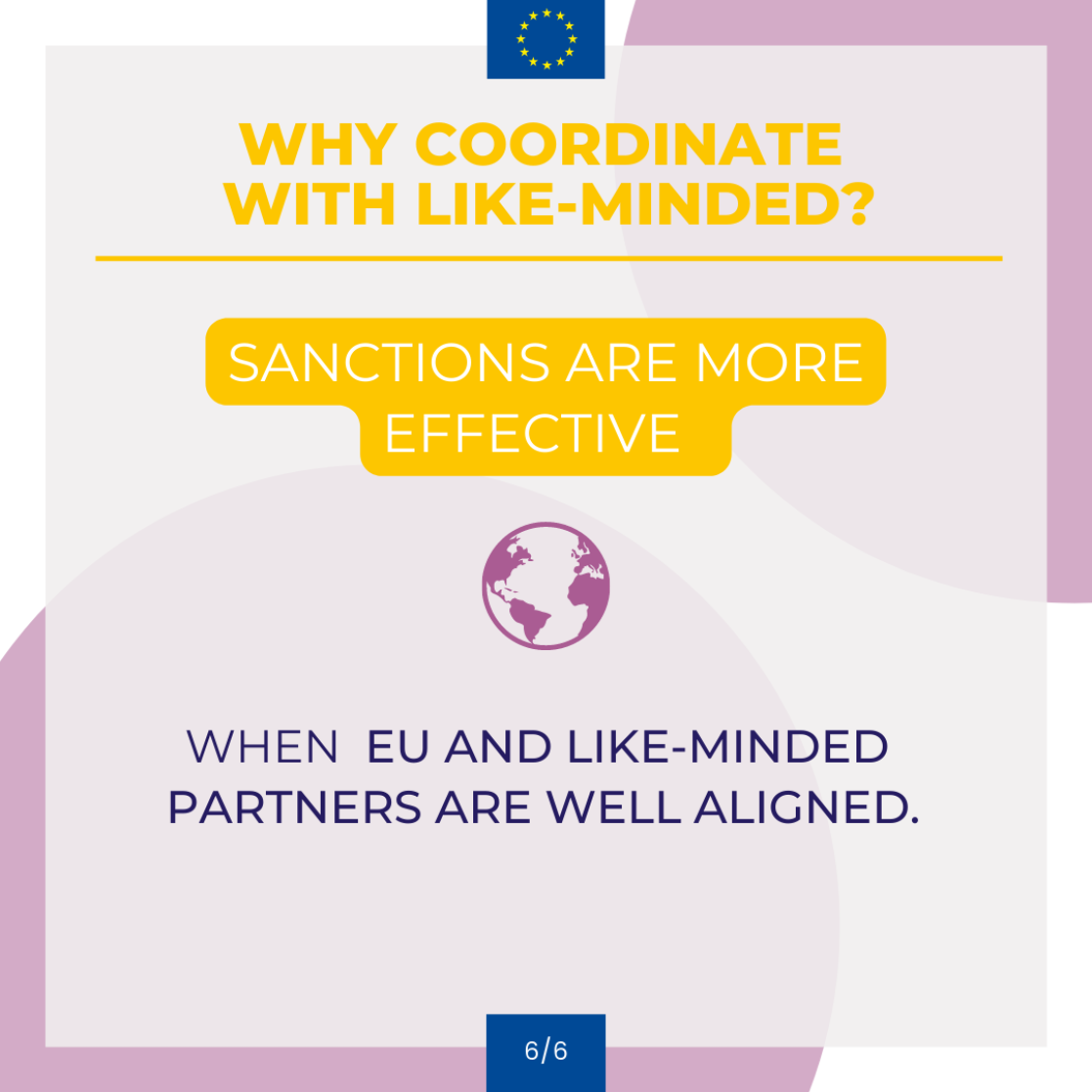
The EU’s cyber sanctions regime, while a significant step forward in addressing malicious cyber activity, faces ongoing challenges in its effectiveness and scope. Future developments will need to focus on adapting to the ever-evolving landscape of cyber threats, improving the precision and impact of sanctions, and strengthening international cooperation. The goal is to create a more robust and deterrent framework that effectively protects EU interests and promotes responsible state behavior in cyberspace.The EU’s cyber sanctions policy requires continuous adaptation to stay ahead of the rapidly evolving threat landscape.
New technologies, such as artificial intelligence and quantum computing, are likely to be exploited for malicious purposes, demanding a flexible and forward-looking approach to sanctions. Furthermore, the increasing sophistication of cyberattacks, including the use of advanced persistent threats and supply chain attacks, necessitates a more nuanced understanding of attribution and a more targeted approach to sanctions. This requires continuous investment in cyber threat intelligence and a willingness to update the sanctions framework to address novel attack vectors.
Adapting to Evolving Cyber Threats and Technologies
The increasing use of artificial intelligence (AI) in cyberattacks, for example, presents a significant challenge. AI can automate attacks, making them more difficult to detect and attribute. Similarly, the rise of quantum computing poses a long-term threat to current cryptographic methods, potentially rendering existing security measures obsolete and necessitating new approaches to protecting critical infrastructure. The EU’s sanctions policy must anticipate and respond to these technological advancements by expanding its scope to include sanctions related to the development and use of AI for malicious purposes and by investing in research and development of quantum-resistant cryptography.
This might involve targeting specific entities or individuals involved in the development or deployment of such technologies for malicious purposes. For instance, sanctions could be levied against companies providing AI-powered hacking tools or those using quantum computing capabilities for state-sponsored cyber espionage.
Improving the Effectiveness and Efficiency of EU Cyber Sanctions
Improving the effectiveness and efficiency of EU cyber sanctions requires a multi-pronged approach. One crucial aspect is strengthening the process of attribution. Currently, definitively linking a cyberattack to a specific state actor can be challenging, hindering the effective imposition of sanctions. Improving international cooperation on cyber attribution, including through information sharing and joint investigations, is crucial. Furthermore, the EU should explore mechanisms to improve the speed and efficiency of the sanctions process, reducing the time lag between identifying a malicious cyber actor and imposing sanctions.
This could involve streamlining the decision-making process within the EU Council and improving the coordination between relevant EU institutions. Finally, exploring mechanisms to better coordinate sanctions with other international partners, such as the US and the UK, would strengthen the overall impact.
Hypothetical Scenario: Sanctions on a Novel Cyberattack
Imagine a scenario where a previously unknown type of cyberattack, utilizing a novel zero-day exploit, targets critical energy infrastructure across multiple EU member states, causing widespread power outages. The attack is meticulously traced back to a state-sponsored hacking group operating out of a non-EU country. The EU, through a coordinated effort involving intelligence agencies and cybersecurity experts, gathers sufficient evidence to attribute the attack with a high degree of confidence.
In response, the EU Council swiftly imposes targeted sanctions, including asset freezes and travel bans, on key individuals and entities involved in the attack. These sanctions would be accompanied by a strong public statement condemning the attack and reaffirming the EU’s commitment to defending its critical infrastructure. The implications would include a significant diplomatic backlash, potentially leading to further international cooperation on cybersecurity, as well as prompting a review of the EU’s cybersecurity defenses and the strengthening of its resilience against future attacks.
This hypothetical scenario highlights the importance of a proactive and adaptable sanctions regime that can effectively respond to evolving cyber threats.
Wrap-Up
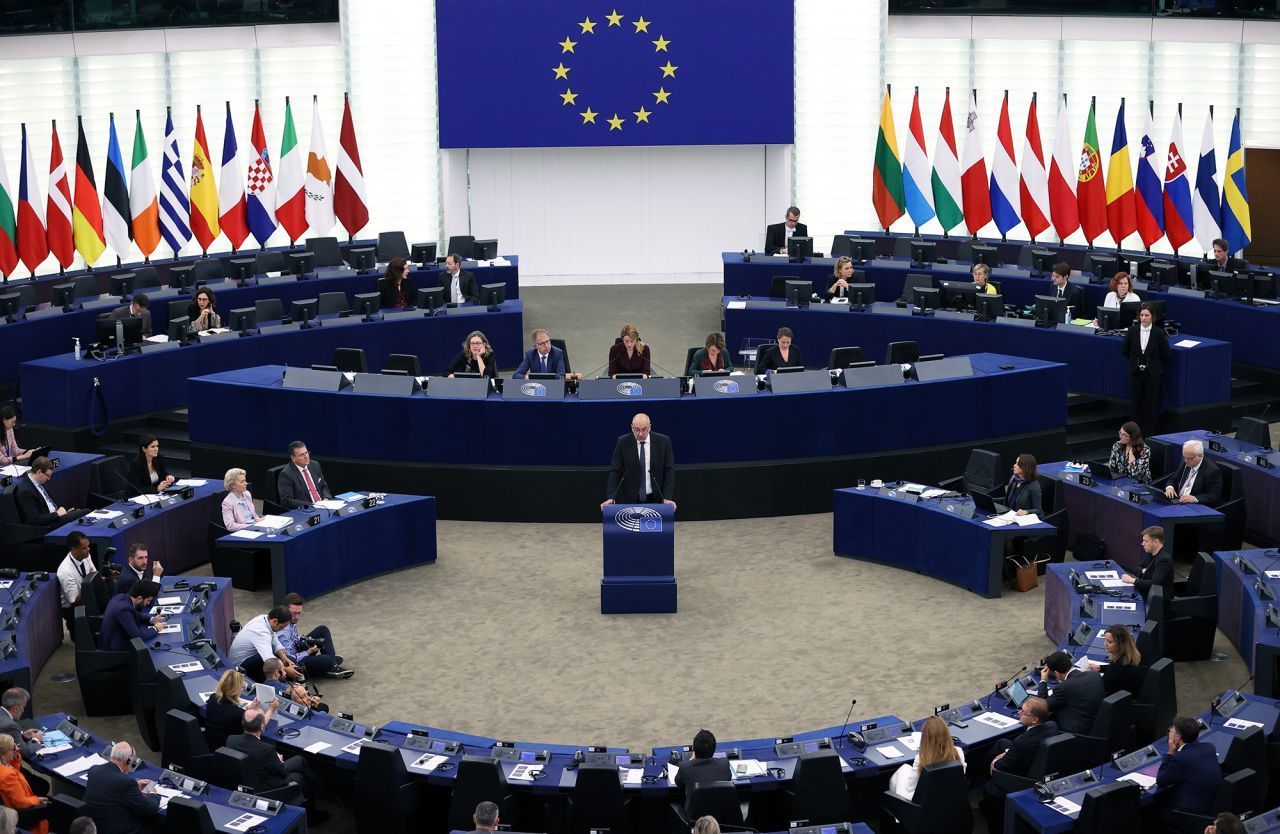
The EU’s decision to impose sanctions on cyberattacks marks a pivotal moment in the fight for digital security. While challenges remain in attribution and international cooperation, the very existence of this framework signifies a growing recognition of the severity of cyber threats and the need for robust legal responses. The long-term effectiveness of these sanctions remains to be seen, but their implementation undoubtedly raises the stakes for malicious actors and encourages a more proactive approach to cybersecurity on a global scale.
It’s a complex issue with far-reaching consequences, and one that deserves continued attention and discussion.
Helpful Answers
What types of entities are typically targeted by EU cyber sanctions?
Targets can range from individuals and organizations directly involved in the attacks to those providing material support or financial resources.
How does the EU determine the effectiveness of its cyber sanctions?
Effectiveness is assessed through various metrics, including a reduction in attacks from sanctioned entities, changes in their behavior, and the overall impact on the cyber threat landscape.
What is the role of private companies in reporting cyberattacks to the EU for potential sanctioning?
Private companies play a crucial role in providing evidence and information about cyberattacks, although the specific mechanisms for reporting vary.
Are there any mechanisms for appealing EU cyber sanctions?
Yes, there are legal avenues for appealing sanctions, but the process can be complex and lengthy.




